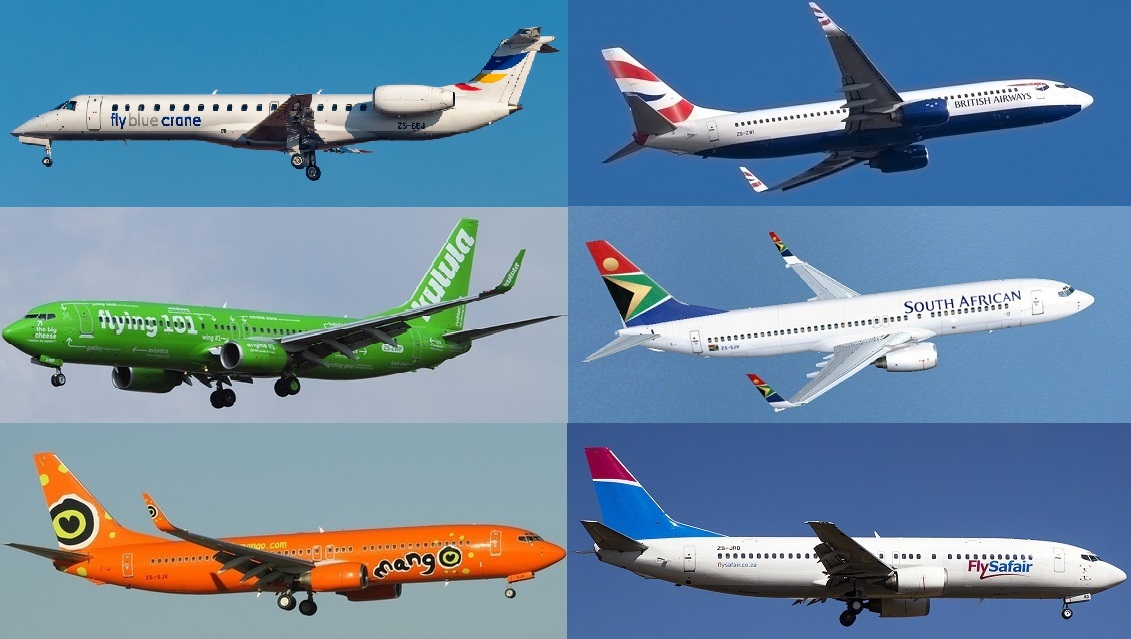African carriers are expected to report a $300 million net loss in 2019 slightly improved from the $400 million net loss in 2018.
The expected net loss per passenger is $3.51 (-2.1% net margin). This makes Africa the weakest region, as it has been over the past four years.
The International Air Transport Association says Africa remains the weakest region for aviation globally.
It says Net profits for airlines across the continent will fall by 0.3% next year, a drop for the fourth consecutive year.
Losses for airlines across Africa have widened in response to high fuel costs.
Iata says few African airlines are achieving the target of selling roughly 6 in 10 seats on an aircraft, the number needed in that region to break even.
It forecast airlines will generate total profits of $35.5bn, compared to $32.3bn for 2018.
Below is the Breakdown of losses
Regional Outlook
All regions, except Africa, are expected to report profits in 2018 and 2019.
Carriers in North America continue to lead on financial performance, accounting for nearly half of the industry’s total profits.
Financial performance is expected to improve compared to 2018 in all regions except for Europe, where improvement has been delayed by the high degree of fuel hedging.
North American carriers are expected to deliver the strongest financial performance in 2019 with a $16.6 billion net profit (up from $14.7 billion in 2018). That is a 6.0% net margin and represents a net profit of $16.77 per passenger, which is a marked improvement from just six years earlier.
Net margin is up from 2018 (5.7%) as low levels of fuel hedging allows lower prices to impact immediately. Profits are further buffered by high load factors and ancillary revenues.
European carriers are expected to report a $7.4 billion net profit in 2019 (down slightly from $7.5 billion in 2018). The expected net profit per passenger of $6.40 (3.4% net margin) is roughly a third the net profit per passenger expected to be generated by North American carriers. Intense competition is keeping yields low and regulatory costs are high.
The region has recovered from the terrorist attacks of 2016. But in 2018 it suffered additional costs of $2 billion due to a 61% increase in delay minutes caused by air traffic control deficiencies. Looking to 2019, high levels of hedging in the region will mean that the positive impact of lower oil prices will be delayed.
Asia-Pacific carriers are expected to report a $10.4 billion net profit in 2019 (up from $9.6 billion in 2018). The expected net profit per passenger is expected to be $6.15 (3.8% net margin). This is a region of diverse markets, some of which are seeing strong growth from new LCC entrants while others are very dependent on outbound cargo from key manufacturing centers.
Cargo revenue growth has slowed from the strong performance of 2017 but remains positive for airlines in the region. Lower fuel costs, low levels of fuel hedging and strong regional economic growth are supporting profitability in 2019 in this region.
Middle Eastern carriers are expected to report an $800 million net profit in 2019 (up from a weaker $600 million in 2018). The expected net profit per passenger is $3.33 (1.2% net margin). The region has been challenged by the earlier impact of low oil revenues, conflict, competition from other ‘super-connectors’ and setbacks to particular business models, leading to a sharp slowdown in capacity growth (after more than a decade of double-digit growth, passenger capacity growth was halved to 6.7% in 2017).
The region reported 4.7% capacity growth in 2018 and is expected to slow to 4.1% in 2019, which together with restructuring is helping to generate a recovery.
Latin American carriers are expected to report a $700 million net profit in 2019 (up from $400 million in 2018). The expected net profit per passenger is $2.14 (1.6% net margin).
Economic conditions in local markets are only recovering slowly, as Brazil’s economy emerges from recession, but Argentina faces renewed difficulties. The strength of the US dollar has added to airlines’ challenges in the region by raising the local currency cost of key US$-denominated inputs such as oil and aircraft, but significant restructuring and joint ventures are improving performance.
Source: Africafeeds.com ( with additional files from IATA)



